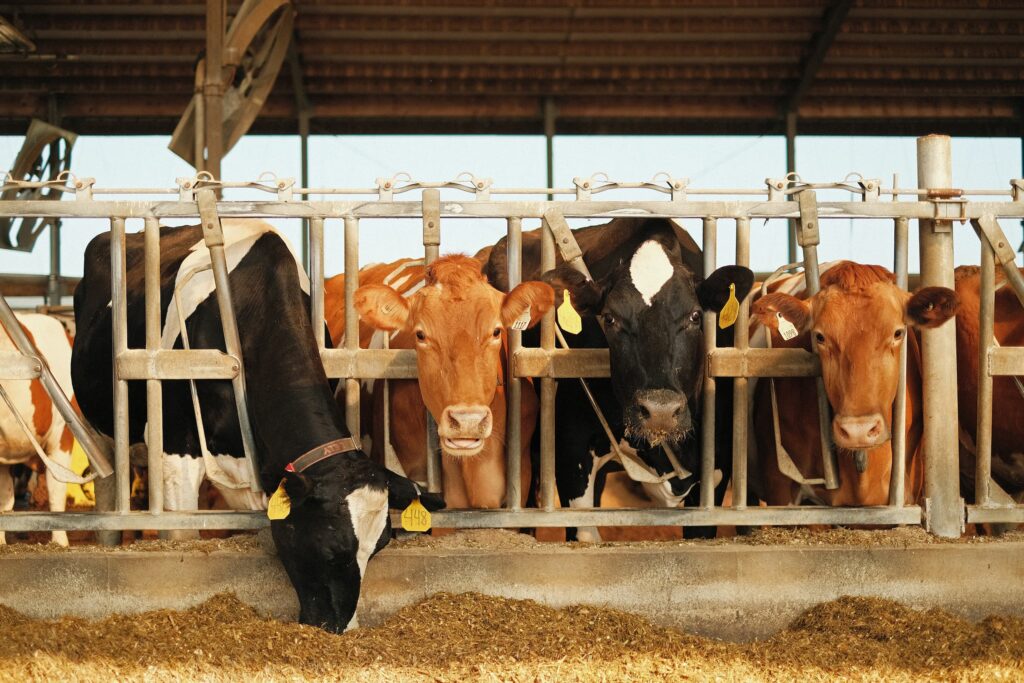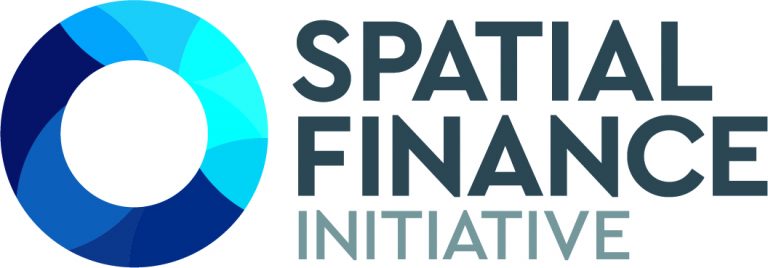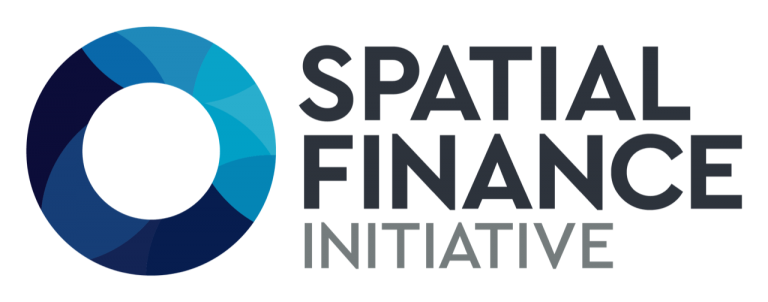Home / Spatial Finance Initiative / GeoAsset Project / Beef Abattoirs
Beef Abattoir Database
(Top 5 Meatpackers)

The way our agricultural and food system is organised has a substantial impact on our environment, particularly through land use, freshwater use, biochemical flows and greenhouse gas emissions. Within the food sector, the beef and dairy industry has an outsized role in these impacts, accounting for 17.4% of global greenhouse gas emissions and 38.5% of deforestation globally.
Abattoir facilities, or slaughterhouses, are the nodal points in the beef supply chain. Not only are they typically owned by large-scale, publicly listed meatpacking firms, but they are also located in proximity to farming areas.
The Spatial Finance Initiative Beef Abattoir Database (Top 5 Meatpackers) provides information about the beef abattoirs owned by the 5 largest international meatpackers, that are operational today. The database contains 119 abattoir or slaughterhouse facilities that produce beef, with exact geolocation and information about ownership, operating capacity, facility and production type.
This information was manually collected, validated and enriched by combining information from various corporate and country specific web and map sources. This is a work in progress and is a first step in developing a global, open asset-level database for the meatpacking sector. Please contact spatialfinanceinitiative@cgfi.ac.uk to inform us about any errors, omissions or other feedback.
The Spatial Finance Initiative Beef Abattoir Database (Top 5 Meatpackers) can be used by others and is available under a CC BY 4.0 license. The suggested citation is: Sabuco, J., Caldecott, B., Christiaen, C., Garcia Velez, L., Liu, F., Tkachenko, N., Spatial Finance Initiative Beef Abattoir Database Top 5 Meatpackers (December 2022).


